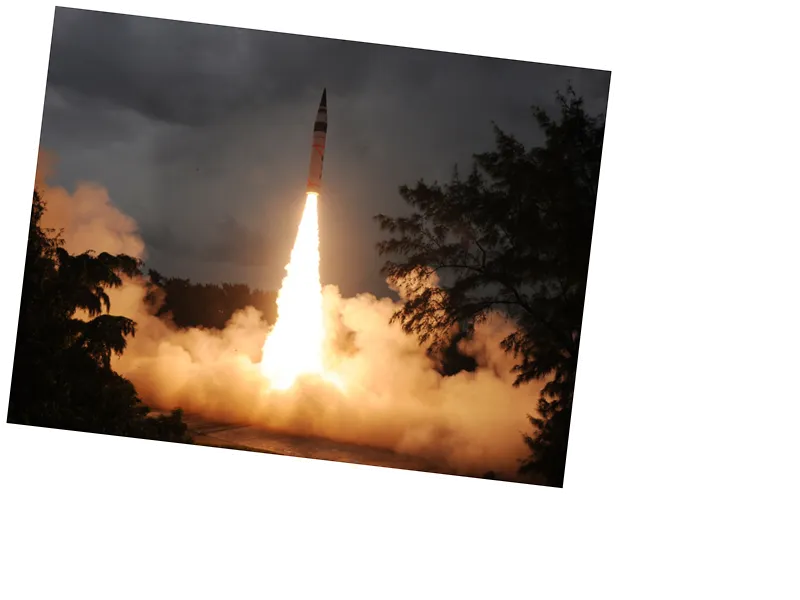India's successful hypersonic missile test reflects its growing technological capabilities and strategic military ambitions in the region.
The development of hypersonic weapons is becoming a focal point in global military strategy, with nations like India, China, and the US investing heavily in these technologies to enhance their defense systems.
The test reinforces India's defense partnerships with Western nations, particularly within the Quad alliance, aimed at countering China's influence in the Indo-Pacific region.
India may increase its defense spending and focus on further advancements in missile technology following this successful test.
The successful hypersonic missile test could lead to an arms race in the region, prompting neighboring countries to accelerate their own military developments.
Strengthened defense ties with Western allies may result in collaborative projects in advanced military technologies, including hypersonic systems.
India has successfully tested a long-range hypersonic missile, the Agni-5, marking a significant advancement in its military capabilities. This achievement places India among a select group of nations with hypersonic technology, which includes the United States, Russia, and China. Defence Minister Rajnath Singh highlighted the importance of this milestone, stating it enhances India's strategic position in global defense.
The missile, developed by the Defence Research and Development Organisation (DRDO), is capable of flying over 1,500 kilometers with its payload. The successful test was conducted from Dr. APJ Abdul Kalam Island in Odisha, confirming the missile's ability to perform final maneuvers and accurately hit its target.
Hypersonic missiles, which fly at speeds greater than Mach 5, are designed to evade detection and interception, making them a critical component of modern military arsenals. The test comes amid heightened regional tensions, particularly with China, which recently showcased its military advancements.





